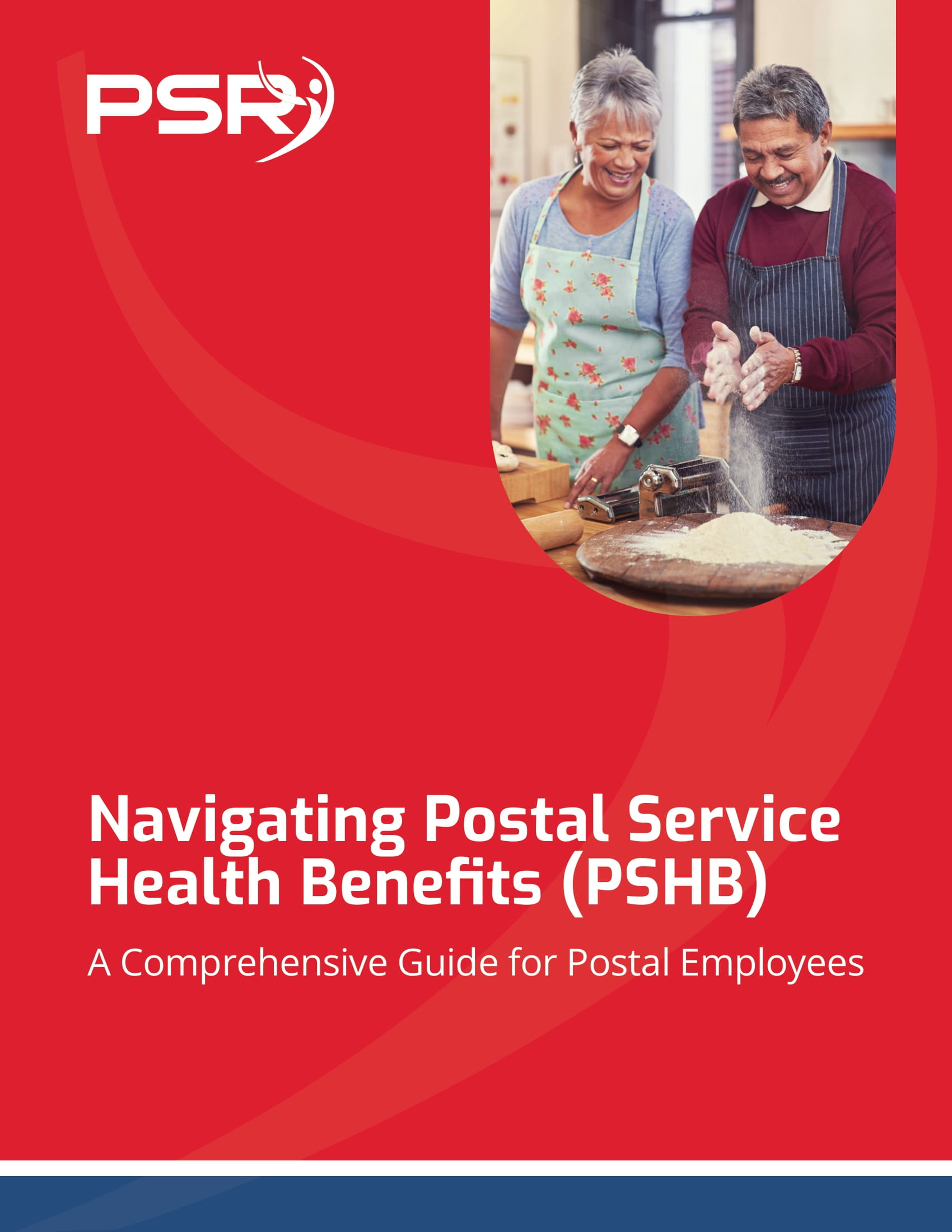Typically when people hear about fixed annuities, they usually think of retirement. But you can do so much more with annuities. It can come in handy if you want to give money to charity, delay your Social Security, or leave money for your dependents.
Compared to other financial tools, annuities are not particularly flashy. In exchange for premium payments or a lump sum, fixed annuity contracts generates a moderate return, currently about 1.5% to 3% annually, delivering a stable and guaranteed income stream for the rest of your life and even that of your spouse. It’s like having a pension plan, and you can set up an immediate annuity with a large sum and start earning straight away. There’s also the option of paying a series of premiums (either monthly or annually) over a specific period for a deferred annuity that starts paying you at a later date. Once you start withdrawing the annuity payments, you’ll stop paying the premiums.
- Also Read: What Happens to Your Federal Benefits After Divorce? Here’s the Lowdown
- Also Read: The Best FEHB Plans for 2025: Which One Fits Your Lifestyle and Budget the Best?
- Also Read: Special Retirement Options for FAA and LEO Employees: Are You Taking Advantage of What’s Available?
Annuities haven’t always had an endearing reputation, and there are a few reasons for that. At the top of it are the high fees, and commissions annuity insurers charge. There’s almost a fee for everything. For instance, you’ll be charged a surrender fee once you pay a lump sum to an insurer and want it back. So if you later change your mind or need to tap into the money due to unforeseen situations, you'll pay a fee that can be as high as 7% of the withdrawal amount (although it declines by 1% each year until it disappears altogether). Because of its complexity and costs, annuities require more research and guidance from a financial professional who is impartial and wouldn't get a stake in making you buy a contract.
Fixed annuities are simpler, have more predictable returns, and lower costs compared to indexed and variable annuities, which are usually complex and expensive. Fixed annuities are also surprisingly versatile and go beyond generating income for retirement. Annuities generally have become much more consumer-friendly and multipurpose over the last few years. Depending on your setup, you can use annuities to pay for long-term care, simplify your estate planning, or better manage your retirement income. There are also fixed annuities designed for specific purposes like donating to charity and reducing the required minimum distribution (RMD) from a traditional retirement savings account (RSA).
Adopt the Bucket Strategy For Annuities
Since the payment from fixed annuities is static, retirees will know how much they will be earning beforehand. This will be particularly beneficial in helping people manage their retirement income, especially in the early years when retirees typically want to do more.
To keep to your budget, you can divide and invest your money into multiple annuity contracts using the bucket strategy that involves allocating funds for short-term, intermediate-term, and long-term expenses. For instance, if you have just retired, one of the annuity contracts could be set to start paying now, and another contract can be structured for when your spouse retires in a few years. A third contract could be structured to start paying in 15 years when you expect to have higher medical bills. That way, you will receive some money for your immediate needs while the deferred annuity contracts will continue growing to generate higher future payments.
Try A Bond Market Hedge
As a short-term investment, annuities are usually alternatives to certificates of deposits (CDs), bonds, and other fixed-income investments. However, your annuity options aren’t limited to just lifetime payments. You can set up your annuity payments for several years, which offers a unique perspective when investing.
CDs currently pay next to nothing. Although bonds pay more, they come with so much risk when interest rates rise and bond prices fall. I asked a client who has been investing in bonds for over 20 years if he thinks the interest rates will go up in the next 20 years (it was just a rhetorical question). His response was, "Of course they will, and when they do, these bonds will get hammered." That covers the risks with bonds. When interest rates rise, people holding long-term bonds can sell them at market price or for a loss to buy better-paying bonds; so fixed annuities offer a better deal. They pay significantly higher than certificates of deposits (CDs) and don’t have the risks associated with bonds.
You will continue to earn the same amount of returns even if interest rates go up, and at the end of the contract, get your deposit back. If you’re considering a bond market hedge, then structure a fixed immediate annuity to pay out once in two or three years, so if interest rates rise, you’ll get your money back to take advantage of it.
Transferring Wealth to Your Heirs
An annuity contract also comes in handy when you want to transfer wealth to others. There are several ways you can do this. One is to buy an annuity with a death benefit, such that the remaining value of the contract is paid out to your beneficiary. There’s also the option of a joint annuity. You can buy a joint annuity for you and your spouse, child, or just about anyone else. The earnings from the annuity will come to you first and then continue going to your survivor.
It is, however, essential to note that these inheritance strategies may reduce the amount of monthly income you get from an annuity contract. For instance, if a 70-year-old man purchases a $300,000 fixed annuity, he will receive about $1,960 monthly if the payments last for the remainder of his life. However, if he structures the $300,000 fixed annuity with a 20-year guaranteed payment, he will receive around $1,538 monthly. If he dies within 20 years, his heir will get the remaining payments from the annuity. If he takes a joint annuity the annuity will pay $1,142 monthly as long as one of them is still alive.
Annuities have two advantages. One is that it can help rein in on a wasteful heir. A father who is worried about his adult child’s extravagant spending can set up an annuity death benefit to be paid overtime. Instead of one lump sum, the annuity can be paid in moderate sums over 10 years.
The other advantage of using annuities for transferring wealth is that it helps spread the tax impact on your heirs since they will only have to pay taxes on the annuity payments when they receive them. Although an annuity contract bypasses probate and allows the beneficiary to inherit the contract immediately, the value of the contract at the death of the annuitant still counts as part of the estate and is subject to estate taxes.
Delay Social Security
If you are still debating about when best to file for social security, one of the options you have is to buy a fixed annuity so you can delay claiming your benefits for a few more years. Although the minimum age to file for social security is age 62, you can grow your monthly benefits dramatically by waiting a few more years until you are 70 to start taking your benefits.
This can make a huge difference in your retirement financial stability. For instance, if someone was supposed to get a $708 monthly benefit by filing at age 62, it increases to $1,013 monthly when he or she files at age 67 and $1,253 at 70. This monthly benefit lasts for your entire life and continues for low-earning surviving spouses, who can swap their smaller amounts for bigger benefits when you are no more.
There are, however, some limitations when using an annuity as a substitute for Social Security. For instance, if you die early in retirement, you won’t have any bucket of Social Security to give to anyone asides from your spouse (spousal benefit). So in search of a higher monthly benefit, you have spent assets that you could have left to your heirs. This strategy is more suitable for retirees in good health that want more reliable retirement income.
Buy Long-Term Care Coverage
Some annuities offer long-term care coverage. So you can buy a long-term care rider, and a portion of the annuity will be set aside for your care; while your heirs get any unspent money. It even gets better. Under the pension acts, long-term care payments are tax-free, including any investment gains from the annuity. So you won’t be burdened by taxes. Another benefit is that the underwriting for annuity contracts with long-term care coverage is easy.
For individuals with healthcare issues, who may not qualify for standalone health insurance coverage, buying this type of annuity can be a great option. If you don’t have any health issues and still want more coverage in addition to the long-term care annuity, you can buy standalone health insurance and use the earnings from the annuity to pay for the premiums. Pure health insurance policies usually have more benefits and cover more health-related expenses.
Qualify for Medicaid Faster
Typically, you’ll need to deplete most of your assets to qualify for Medicaid. While the requirements differ amongst states, you’ll typically need to have spent all your assets to less than $2,000, with exception of the value of your residence and vehicle. Instead of having to spend your money to qualify for Medicaid, you can keep more of it by buying a Medicaid-compliant annuity.
This type of annuity will pay you income for life and doesn’t count towards the Medicaid asset test, which will make you qualify faster. For the annuity contract to be Medicaid-compliant, payment must start immediately, and the state will be named as the beneficiary. So the state will get the remaining payments from the annuity when both you and your spouse die.
Give Money to Charity
If you want to leave some money for a charity while also generating an income for yourself, a charitable annuity can help you achieve that and get a sizable upfront tax deduction. For instance, instead of writing a check, an individual who wants to donate $150,000 to a charity can buy a charitable gift annuity contract for that amount. With this, the annuity will make a lifetime payment to the donor, and another beneficiary. It could be a spouse or any other person.
The donor will also get a partial deduction on the $150,000 contribution in the year the annuity is set up. Only a part of the contribution would be tax-deductible because the IRS considers the rest to be an investment to generate future income.
The annuity provider will calculate the total deduction applicable based on the age of the donor and the beneficiary, and the amount of annuity payment expected. Upon the passing of the donor, the charity will receive the remaining value of the annuity contract.
This strategy is a little bit complicated but makes sense in specific cases. It can be beneficial if you have a larger-than-normal taxable year. Like if you sold your business or a rental property for a large amount. Buying a charitable annuity can help you balance out the tax hits.
Some people also use this charitable gift annuity strategy to donate to charities and minimize their estate taxes since the money used for the annuity will not be part of the taxable estate.
It is, however, essential to note that once you purchase a charitable gift annuity contract, the money is gone; since the contract is irreversible. Additionally, the income from charitable gift annuities is smaller compared to ordinary fixed annuities. This strategy is more suitable and common for large five to six-figure donations. It’s rare to see $5,000 to $10,000 charitable gift annuities.
Regardless, if you have the asset to spare and want to support a charity, it could be an effective way to do that. Not only could you buy the initial charitable gift annuity, but you can also double down by donating any income you don’t need from the annuity contract.
Reduce Your Required Minimum Distribution (RMDs)
Using your retirement savings in IRA and 401(k) accounts to buy an annuity contract held in the retirement account may seem like a complete waste of time. Some people even advise against it. Especially since one of the benefits of such a move is the delay of taxes on annuity gains until the money is taken out, and that benefit is already obtainable from IRAs and 401(k). Another reason why most downplay the need to invest in retirement annuities is that the money is withdrawn from a retirement account, whether through an annuity or any other type of investment, is taxed the same – as ordinary income.
Investing in a fixed annuity inside a retirement account won’t reduce or stop the required minimum distribution either. Once a retiree turns age 72, they must have to make the mandatory RMD, which is calculated by the IRS based on the total value of the retirement account (including annuities).
What you can do is to meet this requirement by collecting annuity payments and cashing out other investments. You can also take out more than the scheduled annuity payments. Some annuity providers can waive any surrender charge that applies when tapping into your account early.
But if you don’t want to make an RMD at all, then you can transfer part of the money in your retirement account to a qualified life annuity contract. By doing so, the amount transferred into the deferred annuity account no longer counts in your RMD calculation, and the income from it, which also doubles as your distribution, can be delayed until you clock 85. So, in essence, you’ll reduce your RMD while also creating a lifetime income.
This can also be done within your retirement account. So instead of making a taxable withdrawal, you can buy the annuity contract and keep deferring your taxable gains until whenever you start receiving payments.
Conclusion
Whatever you choose to achieve with an annuity, it is essential to shop around. There are hundreds of annuity companies, and every one of them has different benefits and rates on their contracts. Shopping around is the only way you can find better terms that can make a huge difference, especially since it's a lifetime purchase.












